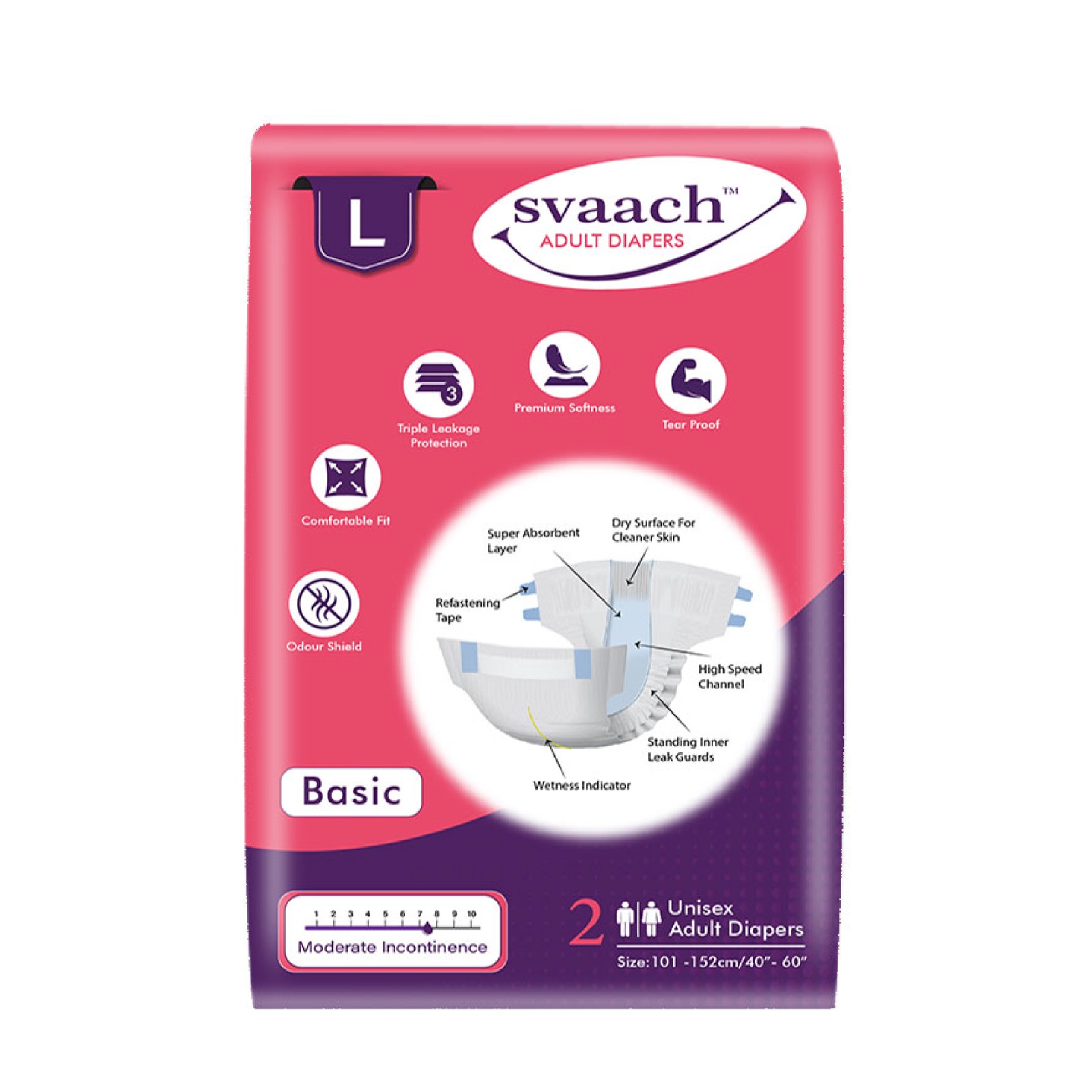Achieving physical fitness is a goal that many people aim. According to statistics, nearly one-third of adults and 17% of adolescents in the US are obese. Also, they have to face the social stigma that comes with being overweight. However, most cases are reversible through lifestyle changes such as eating and physical exercise. There are numerous programs, diets, and recommendations available for those who want to stay fit. Nonetheless, fitness is about more than just dieting. People react to stimuli differently, and no diet fits everyone. To maintain shape, you must understand your personal needs, limits, and responses. Here is a brief look at six things fit people practice to stay in shape.
1. Find time for exercise

Once you achieve fitness, the next goal is to maintain shape and manage your weight and health. According to a post published by The Huffington Post, staying fit is a combination of 25% exercise and 75% healthy diet. The benefits of regular physical activity range from an increase in blood circulation to weight loss, lean muscle development, surplus energy, testosterone boost. If you cease working out now that you are fit, it will only be a matter of time before you start gaining weight and losing shape. Staying in shape involves maintaining lean muscles, managing your weight, and optimizing your metabolic functions.
According to studies, routine physical activity can reduce the risk of suffering from various diseases, including cardiovascular conditions, diabetes, and obesity. These conditions can hinder your fitness goals and make it very difficult to stay in shape. It is therefore very crucial to find time for exercise. A good rule of thumb is to dedicate 20 – 30 minutes towards exercise every day. It does not have to be in the gym. You can take the stairs, ride a bike, or even jog for 10 minutes every evening to stay active.
2. Eat a healthy and balanced diet

Fit people eat a healthy balanced diet. To achieve fitness, you must optimize the nutrient intake by eating the right combination of proteins, carbs, healthy fats, minerals, vitamins, and other micronutrients. Staying fit also requires the same. A balanced diet comprises all the essential nutrient classes, but you should pick your meal options carefully depending on your fitness goal. If you want to gain bigger muscles, for instance, you will need to eat more healthy protein from lean beef, fish, eggs, and legumes. You can also complement your diet with a supplement like Anavar. This supplement would ensure you lose body fat while preserving lean muscle mass. The goal is to optimize your intake of essential nutrients and antioxidants. Since staying in shape calls for routine workouts, you should eat healthy meals to get enough energy for your exercise sessions. What’s more, muscles, tissues, and hormones synthesis all depend on the nutrients your body absorbs.
3. Distribute meals across the day
Most people eat at least three meals a day, and while this is sufficient to sustain life, it may not be adequate for staying fit. You should distribute your meals across the day to avoid the hunger strikes that emerge just before your next meal arrives. The goal is not to eat more calories per day. On the contrary, meal distribution aims at managing your overall metabolism by ensuring your body gets a constant supply of essential nutrients. Meal distribution is ideal if you want to gain lean muscles. You can also use it to maintain current form and shape. Distributing small meals across the day also ensures you feel lighter and more active. Having 5 – 6 small meals, for example, offers much better results than three large sittings. Heavy meals will only leave you feeling lazy and sleepy.
4. Establish healthy sleep and rest patterns
Sleep and rest are both essential for healthy and optimal body functions. You do not have to exercise 24/7 to stay fit. According to research, the human body requires about 7 hours of sleep to function optimally. Therefore, you should pay close attention to your sleeping patterns. Some people recommend napping during the day. You can use naps to recover lost sleep, but this should not replace a good night’s sleep. All the effort you put into working out and eating healthy only becomes effective during sleep. Your body repairs cells and tissues when you are in deep slumber. This is also the time you synthesize new cells, including hormones. Primarily, all growth and recovery happen during sleep.
Sleep regulates your metabolism and gives you the energy needed to work out the next day. In addition to sleep, you should break away from your routine workouts to allow your body to recover. Aim for 4 – 5 days of exercise and two days of recovery.
5. Stress relief and motivation practices

Stress is one of the main impediments to fitness and living a satisfying life. It affects various areas of your life, ranging from sleep patterns to feeding habits, hormone regulation, and even motivation. According to studies, stress raises the level of cortisol, a stress hormone that has various adverse effects, including lowering your testosterone. This may result in overeating, staying in bed longer, and finding less time to exercise. It is vital to establish a lifestyle that allows you to be happy and enjoy life. Avoid situations that will leave you feeling anxious and depressed. You can also treat yourself to a massage to relieve muscle tension.
There are various ways of reducing stress and living a happy life. Mental health plays an important role in maintain physical health. Fit people tend to fancy meditation stress-relief practices such as yoga, bedtime routines, and motivation groups. You can do this by joining excellent small group training in Leiden, which will encourage you to exercise constantly.
6. Establish a supportive lifestyle
Your fitness depends on a myriad of things that work in synergy to affect different areas of your life. You should aim to improve digestion, nutrient absorption, and metabolism, eliminate radicals and oxidants, promote lean muscle development, and keep ailments at bay. Working out, exercising, and getting enough rest is the first step towards fitness. You also need to incorporate other good practices that keep you active and motivated. Some of the changes you can make include:
- Avoid smoking too many cigarettes or drinking too much alcohol.
- Drink a lot of water (at least 2 liters per day).
- Consider supplementing your training sessions with pre/post-workouts.
- Get tested for common medical conditions to treat ailments in their early stages.
- Eat more vegetables and fruits.
- Avoid processed sugars.
- Do not over-diet.
- Keep an eye on your daily calories.
Conclusion
There are many fit people all over the world, so the fitness is achievable. Everyone has unique fitness goals. It is essential to identify your fitness goals and also determine your capabilities. There are various things you can do to get closer to your fitness goals. However, you may need expert insights to reach specific thresholds. If you are struggling to meet your goals, it may help to speak to a qualified fitness trainer or physician to determine if there is an underlying condition. Make sure you choose high-quality organic ingredients for your meals and only perform workouts you can achieve in perfect form. This will ensure you get optimum results from all your sessions. It is also advisable to do everything in moderation and be patient when drafting a long-term plan for fitness.





























